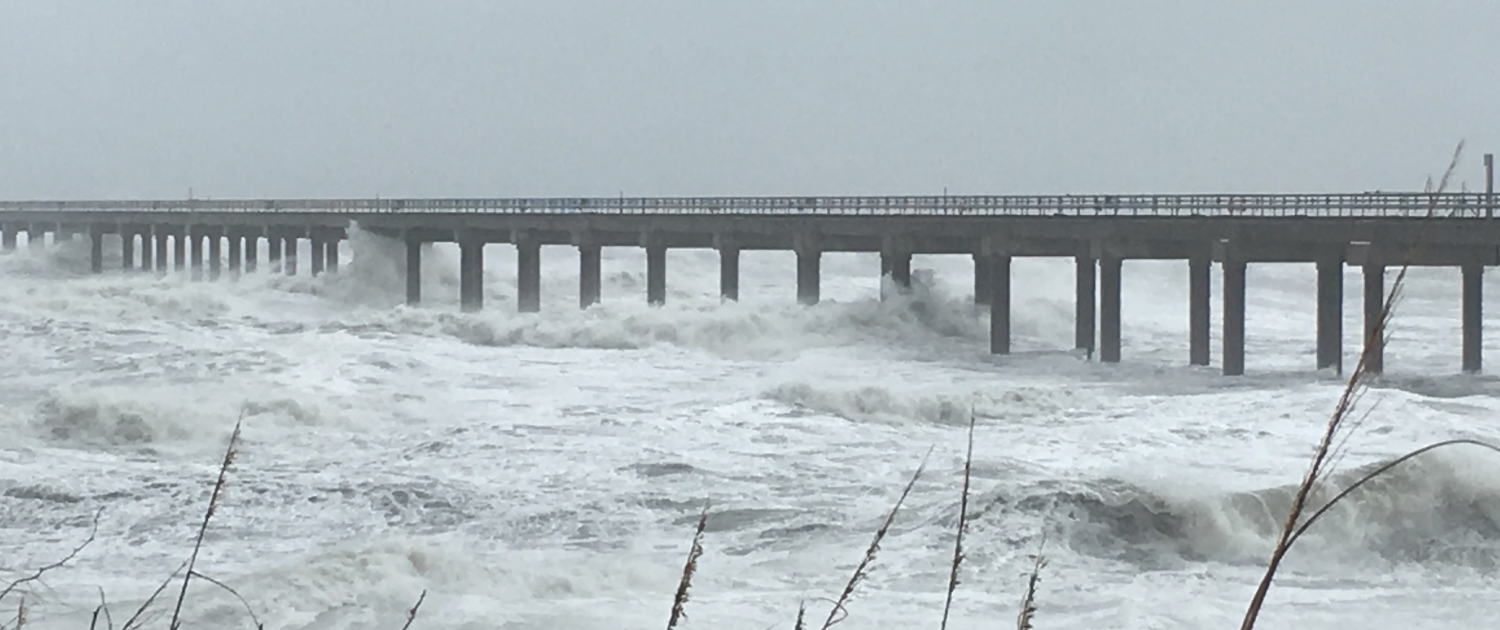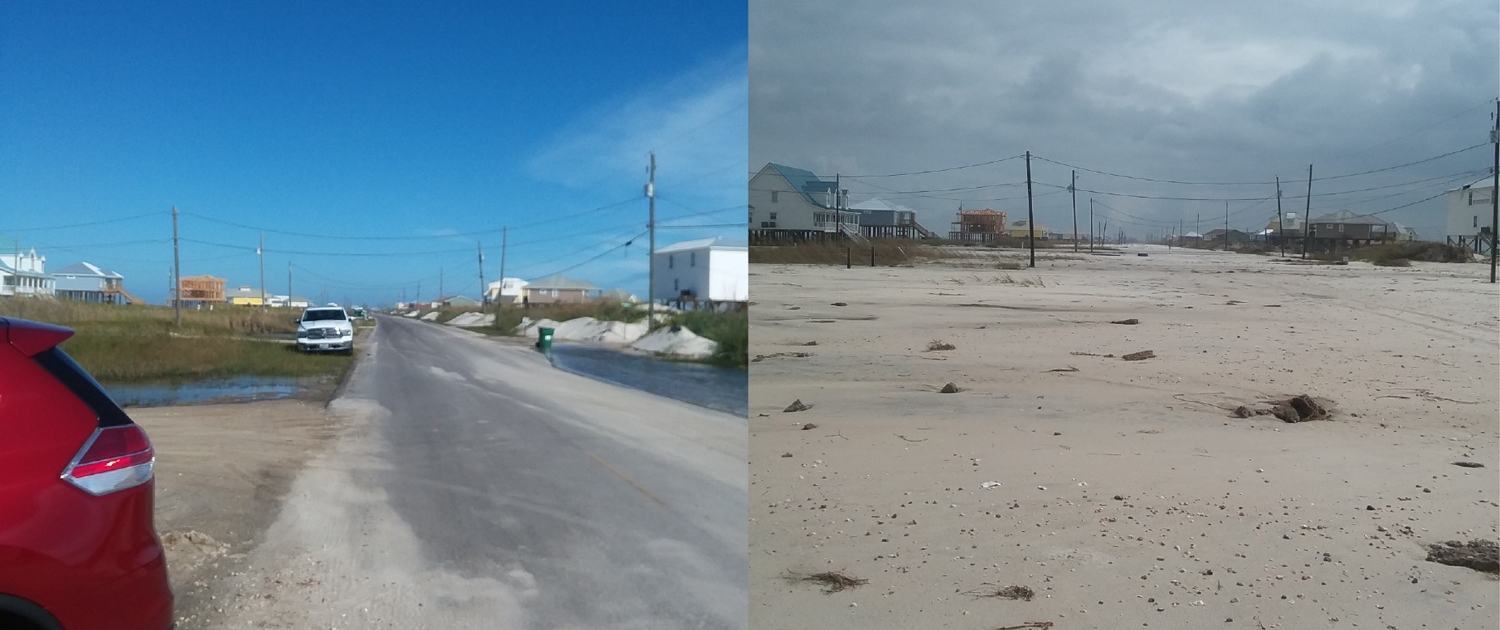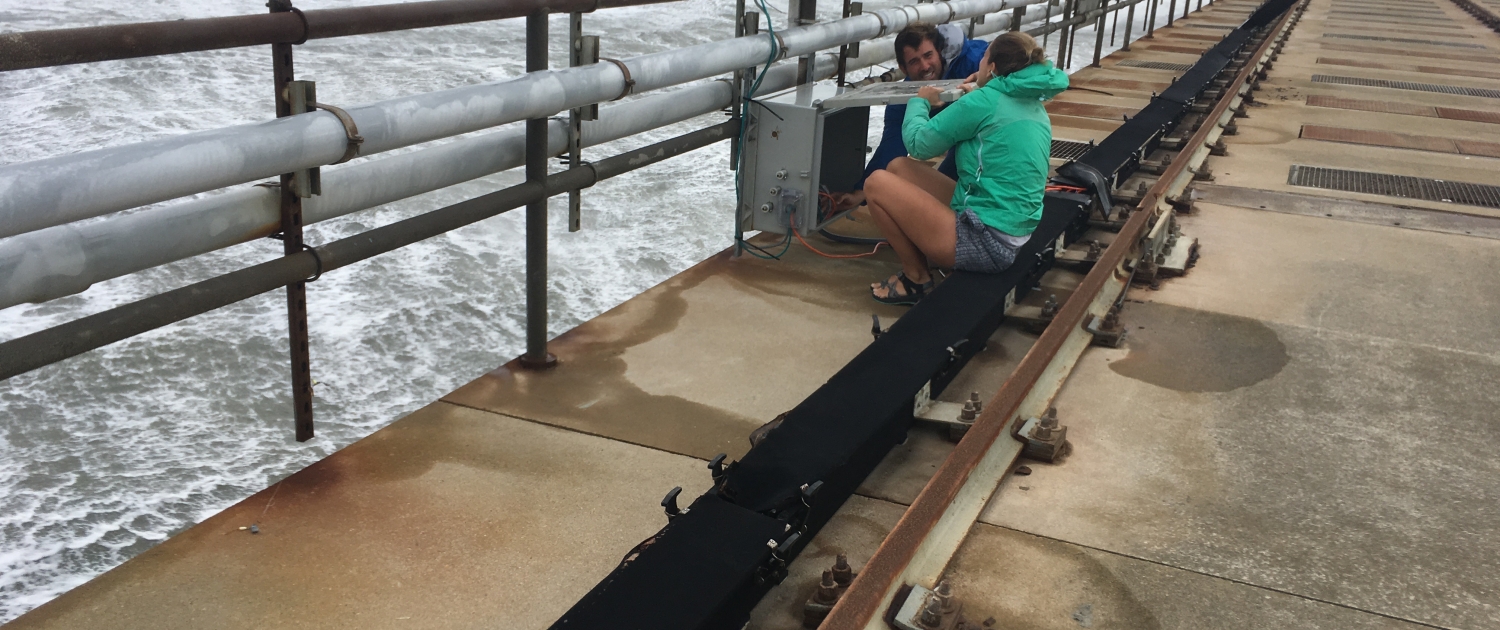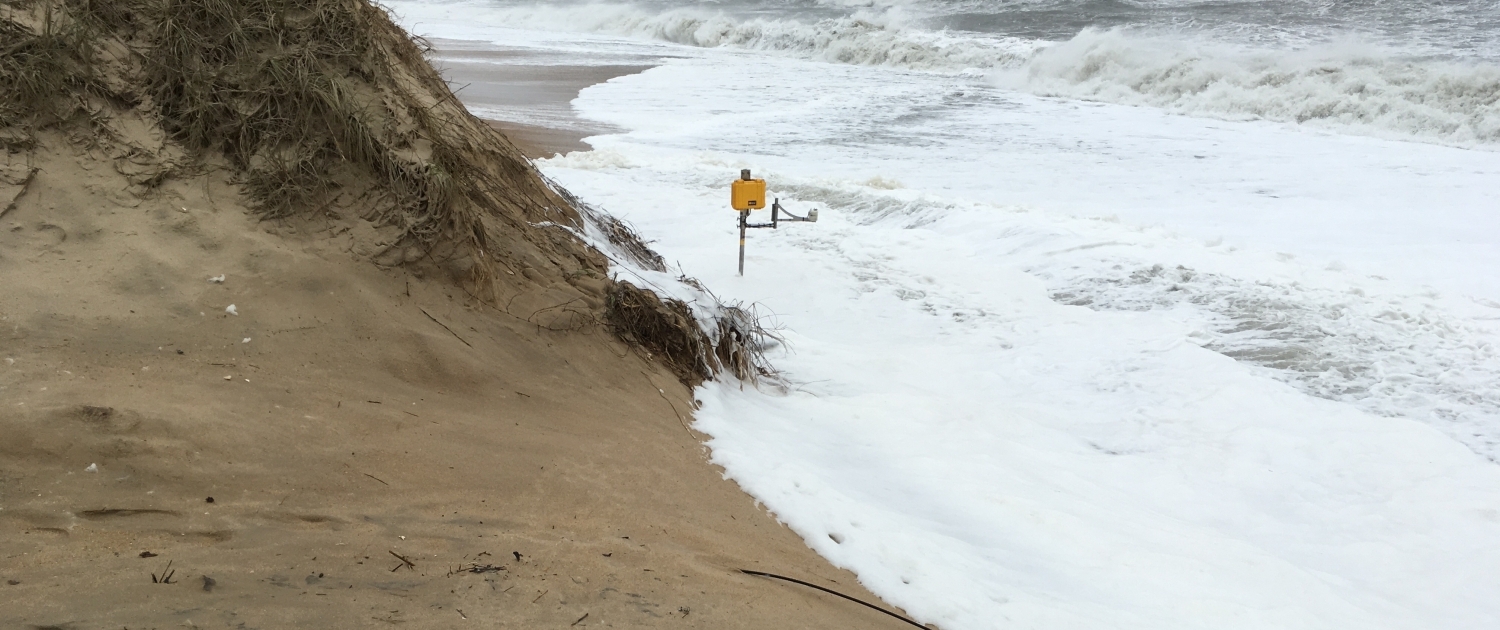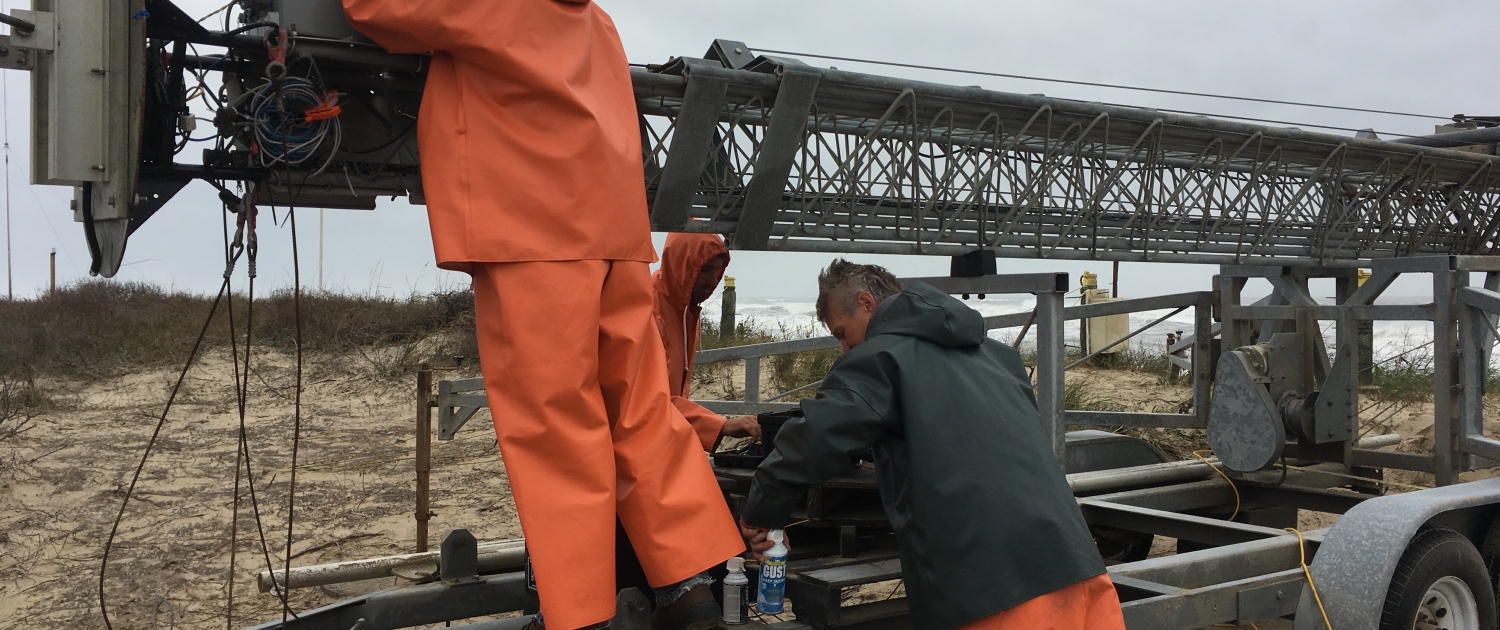NEER’s mandate is to obtain perishable observations before, during, and after major U.S. storms that are critical to understanding and modeling interactions between natural-system processes, the built environment, and societal responses and actions.
A major storm is defined as one that is expected to cause rapid changes (shocks) to the coupled nearshore system, and thus might have region-specific characteristics. Higher priority will be given to storms in which ocean processes affect terrestrial systems or vice versa.
Although the primary focus on NEER is major storms, other extreme nearshore events that cause shocks to the system, that require rapid deployment to obtain perishable observations, and that involve multiple disciplines also may be considered. Events that can be forecast, enabling pre-event (versus early event) site characterization and instrument deployment will be given priority. The primary focus of NEER Is on events that directly impact the nearshore system, defined as the region where oceans and estuaries interact with land. However, NEER also may investigate upland or offshore proceses that affect the nearshore system (e.g., extreme inland rainfall that leads to river plumes interacting with the ocean or riverine flooding of coastal cities).

